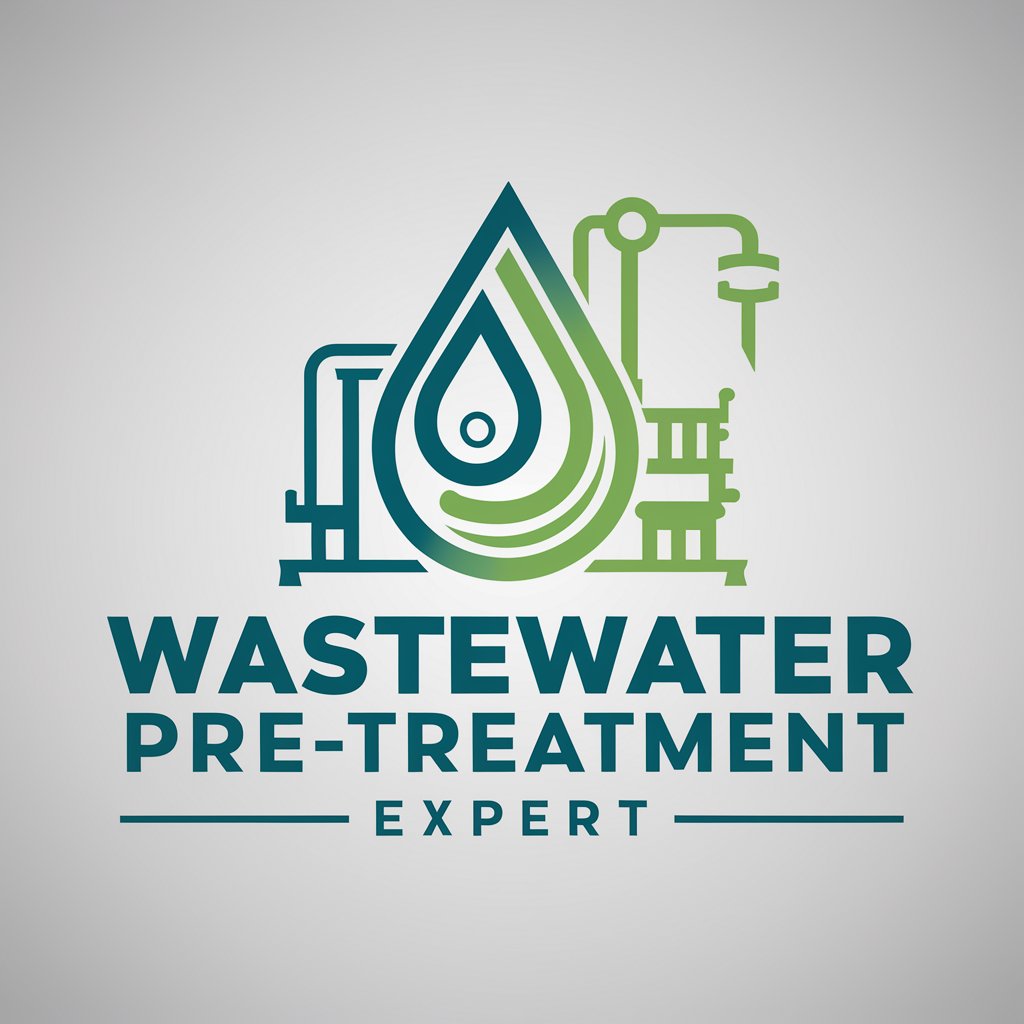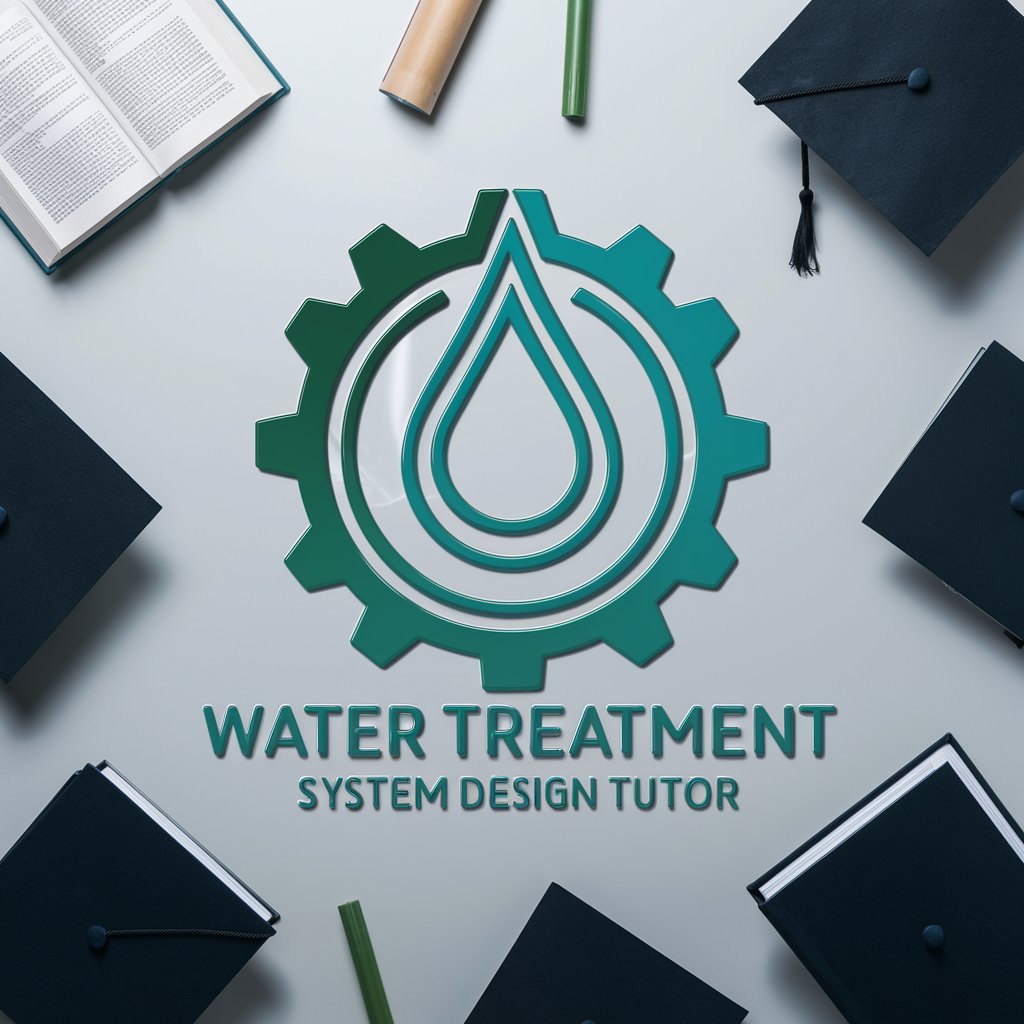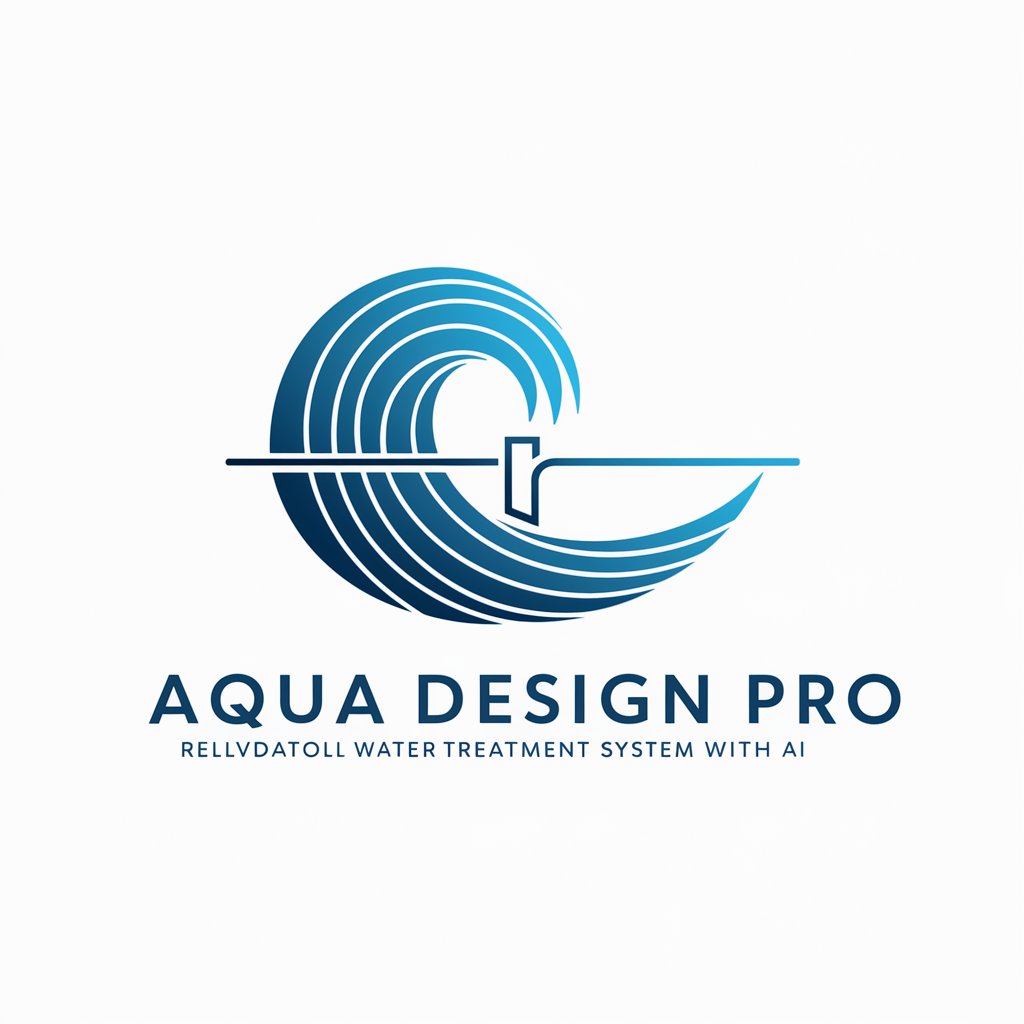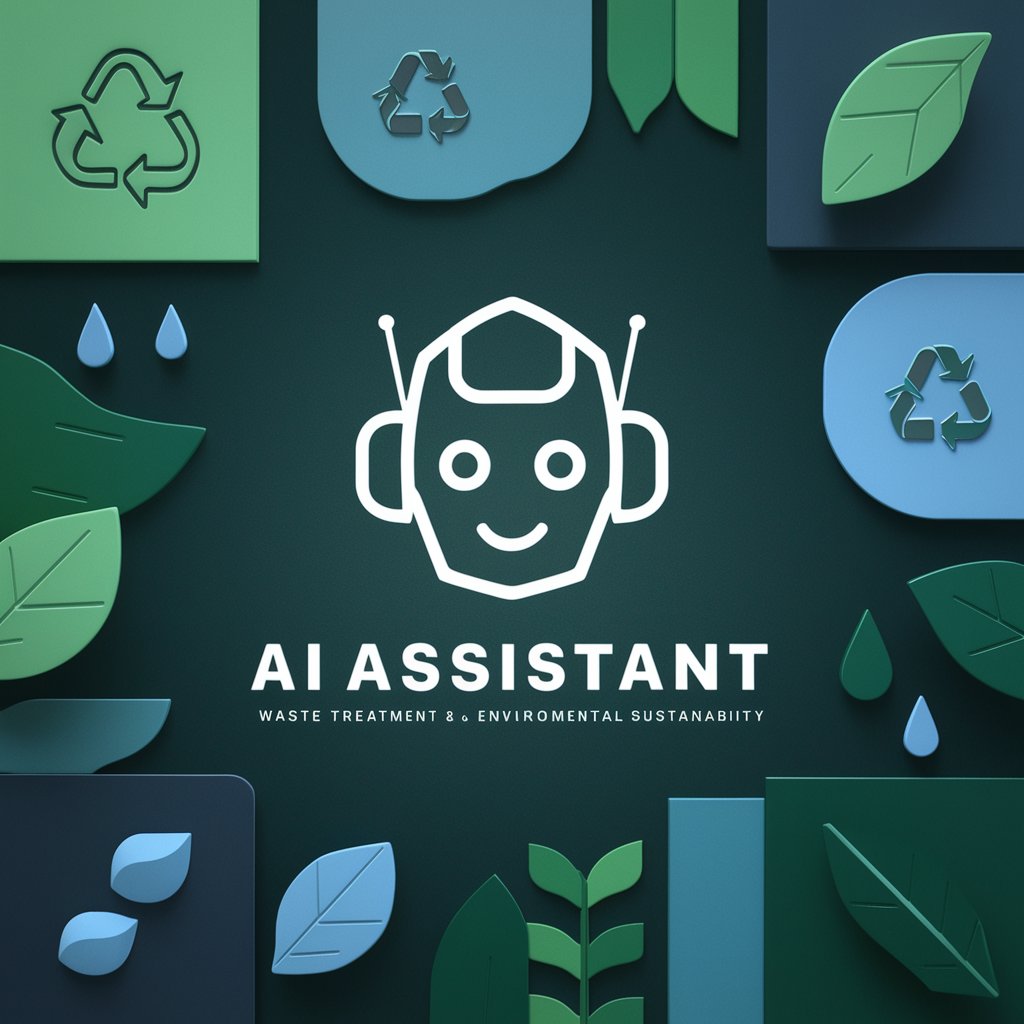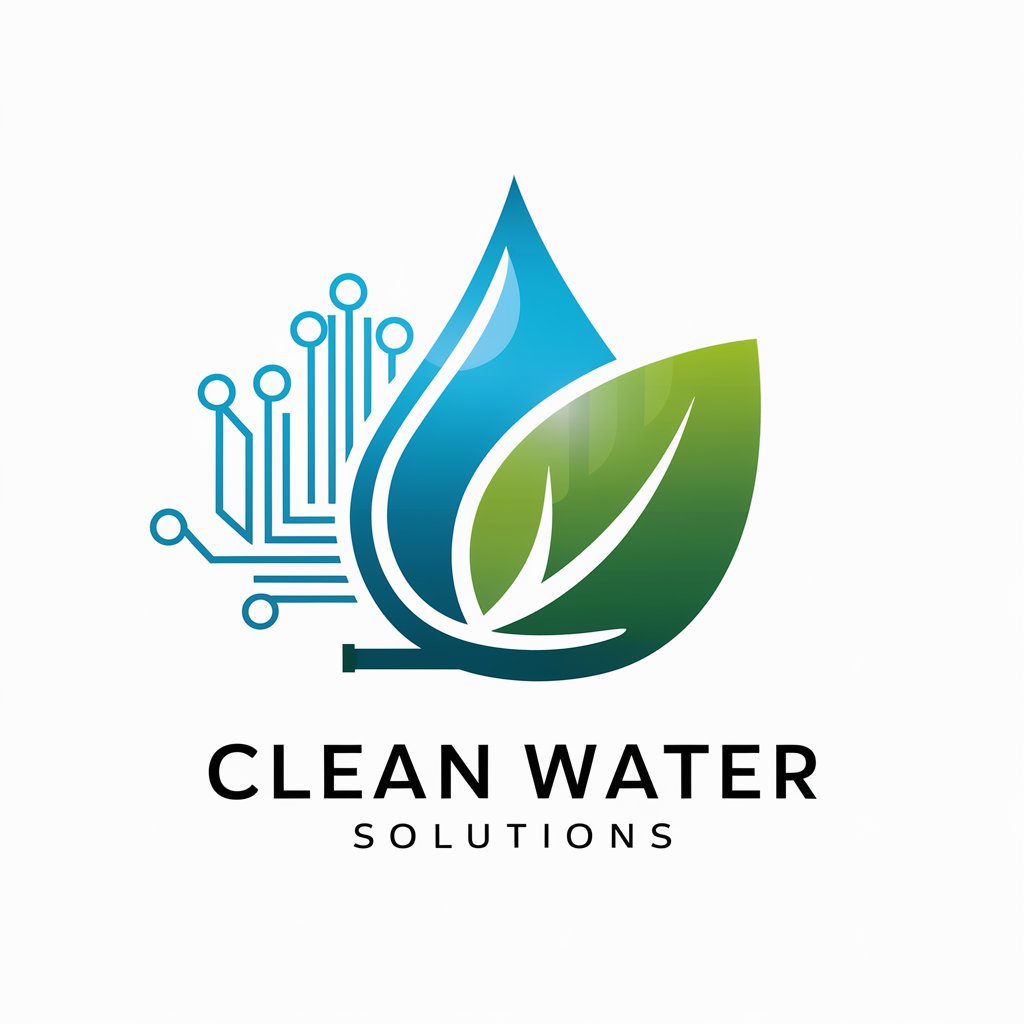
Water Treatment - Water Treatment Insights

Welcome! Let's dive into the world of water treatment technology.
Empowering water purity with AI
Explain the process of reverse osmosis in water treatment.
What are the benefits and drawbacks of using ultraviolet (UV) light for water disinfection?
Describe the steps involved in the coagulation and flocculation process.
How do activated carbon filters work in removing contaminants from water?
Get Embed Code
Introduction to Water Treatment
Water Treatment encompasses a broad range of processes and technologies aimed at improving water quality to make it suitable for a specific end-use. This end-use could be drinking, industrial water supply, irrigation, water recreation, or many other uses, including being safely returned to the environment. Water treatment involves both the removal of contaminants and the reduction of concentration of elements that may be harmful to people, plants, or animals. Examples of treatment processes include physical methods such as filtration and sedimentation, chemical processes such as disinfection and coagulation, and biological processes such as aerobic digestion. A scenario illustrating the necessity of water treatment is the transformation of wastewater from municipal and industrial sources into clean water that meets regulatory standards for discharge into rivers or for reuse in agricultural irrigation, showcasing the critical role of water treatment in protecting public health and the environment. Powered by ChatGPT-4o。

Main Functions of Water Treatment
Sedimentation
Example
Removal of suspended particles from water by gravitational settling.
Scenario
In a municipal water treatment facility, sedimentation tanks allow particulate matter to settle before the water proceeds to filtration, significantly reducing the load on the filters.
Filtration
Example
Separation of suspended particles from water using a filter medium.
Scenario
Sand filtration is used in both municipal and industrial settings to remove contaminants from water, including pathogens and particulates, ensuring safe drinking water or process water for manufacturing.
Disinfection
Example
Elimination of pathogenic microorganisms to prevent waterborne diseases.
Scenario
Chlorination or ultraviolet light treatment is applied in the final stages of water treatment to disinfect water before distribution, ensuring it is safe for human consumption.
Desalination
Example
Removal of salts and minerals from saline water to produce fresh water.
Scenario
Reverse osmosis desalination plants convert seawater into drinking water for communities in arid regions lacking fresh water sources.
pH Adjustment
Example
Modifying the pH level of water to make it suitable for its intended use.
Scenario
Adjusting the pH of acidic industrial effluent using alkaline chemicals before discharge to prevent harm to aquatic life and meet environmental regulations.
Ideal Users of Water Treatment Services
Municipalities
Responsible for providing safe drinking water and treating wastewater. Municipalities benefit from water treatment services to meet regulatory standards, protect public health, and ensure the sustainability of water resources.
Industrial Facilities
Require specific water quality for processes and must treat wastewater before discharge. Industries such as pharmaceuticals, textiles, and chemicals use water treatment to minimize environmental impact and comply with discharge regulations.
Agricultural Enterprises
Need treated water for irrigation and livestock. Water treatment can remove contaminants that might harm crops or animals, and reuse of treated wastewater can conserve fresh water resources.
Residential Complexes
With growing urbanization, large residential complexes increasingly adopt water treatment systems for drinking water purification and greywater recycling, enhancing water security and reducing reliance on municipal supply.
Environmental Agencies
Focus on the ecological aspect of water treatment, promoting technologies and practices that protect ecosystems. They benefit from advancements in water treatment to achieve sustainability goals and improve water quality in natural bodies.

How to Use Water Treatment
Start Your Journey
Begin by visiting yeschat.ai to start your free trial instantly, without the need for a login or subscribing to ChatGPT Plus.
Identify Your Needs
Determine the specific water treatment issues or questions you have, such as purification methods, filtration technologies, or water quality assessment.
Engage with the Tool
Use the interactive platform to ask detailed questions or describe your water treatment scenario for personalized advice and solutions.
Apply the Knowledge
Implement the provided guidance and solutions in your water treatment projects, experiments, or studies.
Feedback Loop
Provide feedback on your experiences or any additional questions that arise for continuous learning and improvement.
Try other advanced and practical GPTs
Vaccine
Empowering informed vaccination decisions with AI.

Divorce
Empowering your divorce journey with AI

Anniversary Gift
Tailoring Memories into Gifts

A
Discover the World of 'A' with AI

Disaster Predictor
Empowering Disaster Preparedness with AI

Teach Me meaning?
Empower learning with AI-driven insights

Nexus AI Solutions
Empower Your Business with AI

Woolly Muffler meaning?
Empowering Creativity and Innovation with AI

Terminal Annex meaning?
Unlock Your Potential with AI

California Bloodlines meaning?
Unraveling California's Rich Tapestry
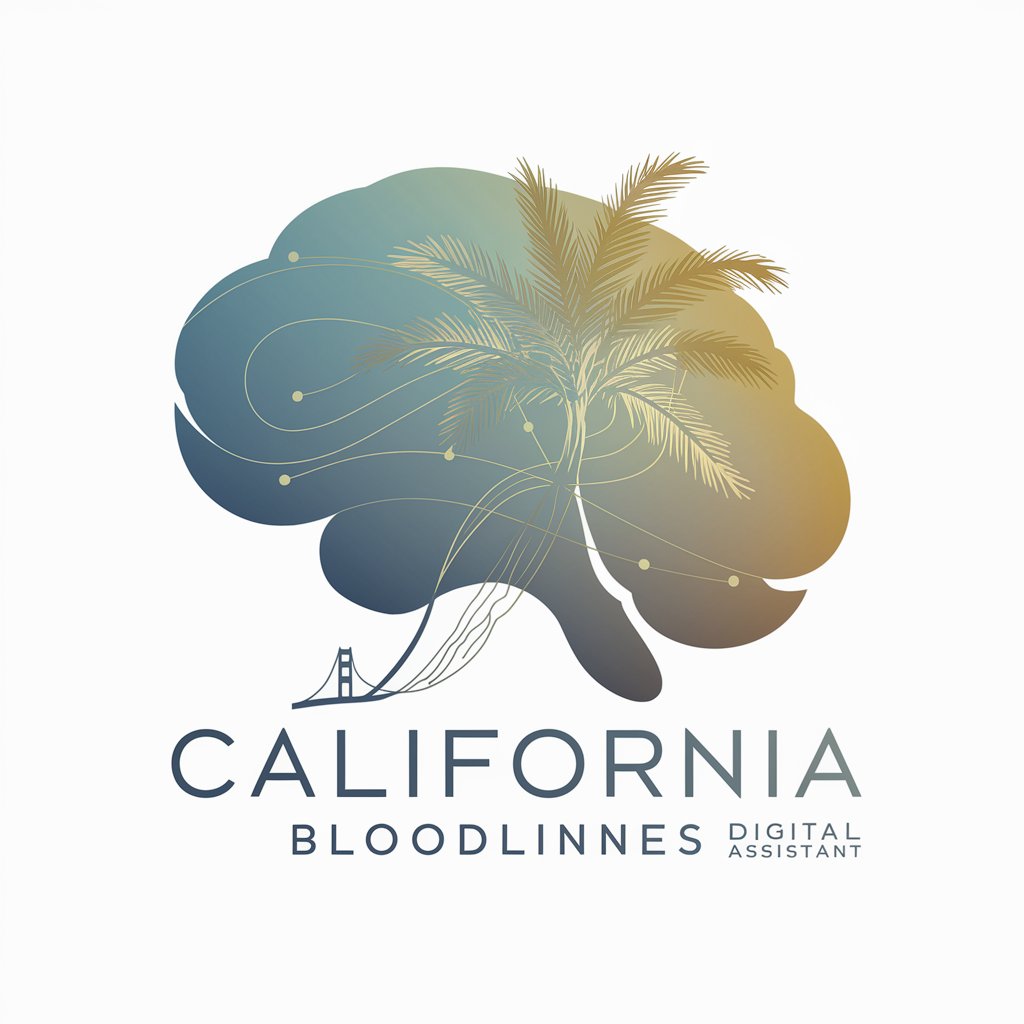
July You're A Woman meaning?
Unlock Knowledge with AI Insight

Never Going Back meaning?
Unlock knowledge, embrace transformation

Water Treatment Q&A
What are the main methods of water treatment?
The main methods include physical processes such as filtration and sedimentation, chemical processes like chlorination and ozonation, and biological processes using biofiltration and membrane technologies.
How can I test water quality at home?
You can test water quality using home testing kits available in the market, which can measure parameters such as pH, hardness, contaminants, and bacteria. For more accurate results, consider sending a water sample to a professional lab.
What is the importance of pH in water treatment?
The pH level of water is crucial as it affects chemical dosing effectiveness, the solubility of minerals and contaminants, and the biological processes used in treatment. It needs to be monitored and adjusted to ensure optimal water quality.
Can water treatment remove all types of contaminants?
While advanced water treatment methods can remove a wide range of contaminants, including pathogens, chemicals, and heavy metals, some highly specialized or emerging contaminants may require targeted treatment solutions.
What is the role of AI in water treatment?
AI plays a significant role in optimizing water treatment processes, predicting water quality issues, managing resources efficiently, and enhancing decision-making through data analysis and machine learning models.
